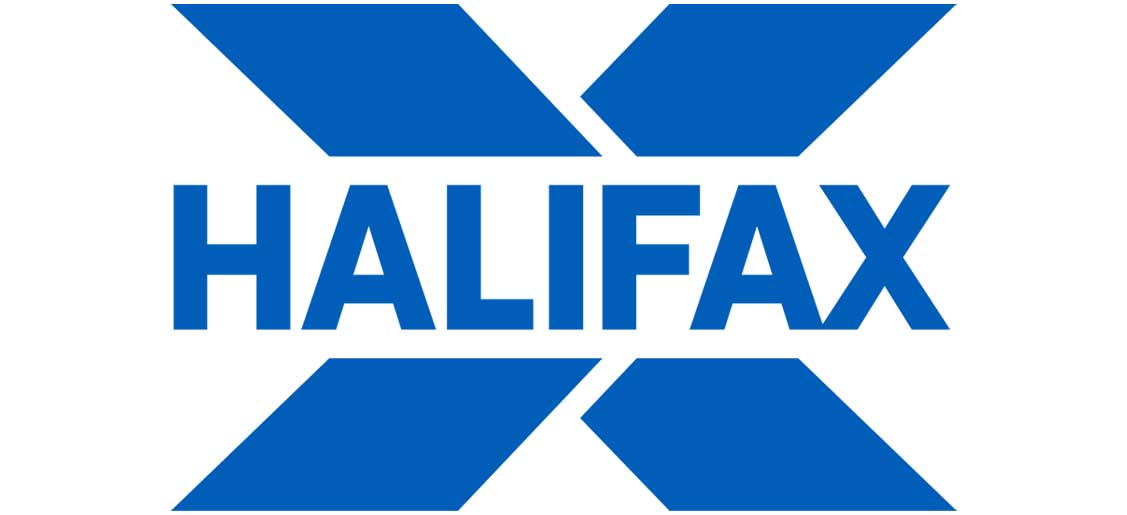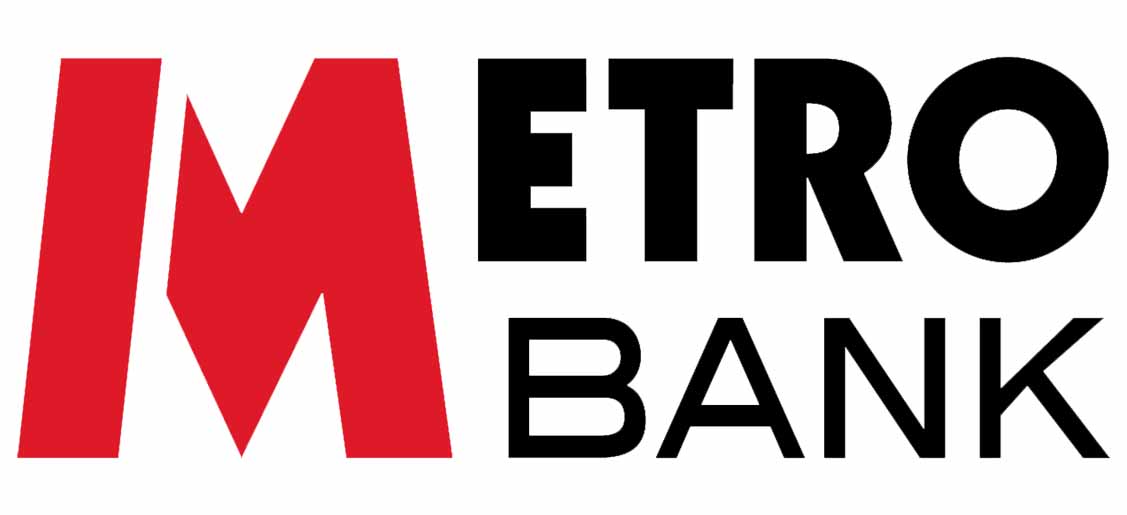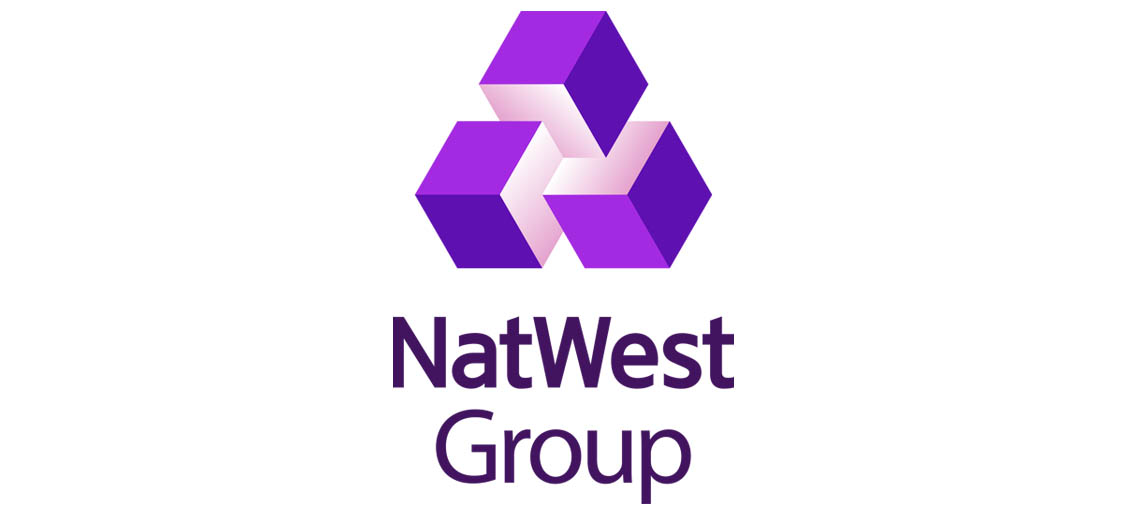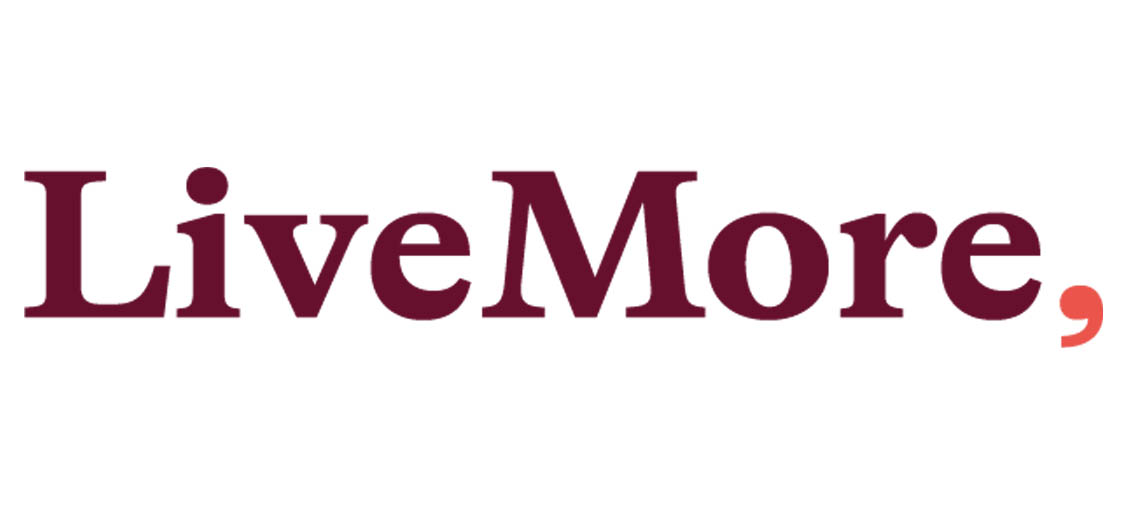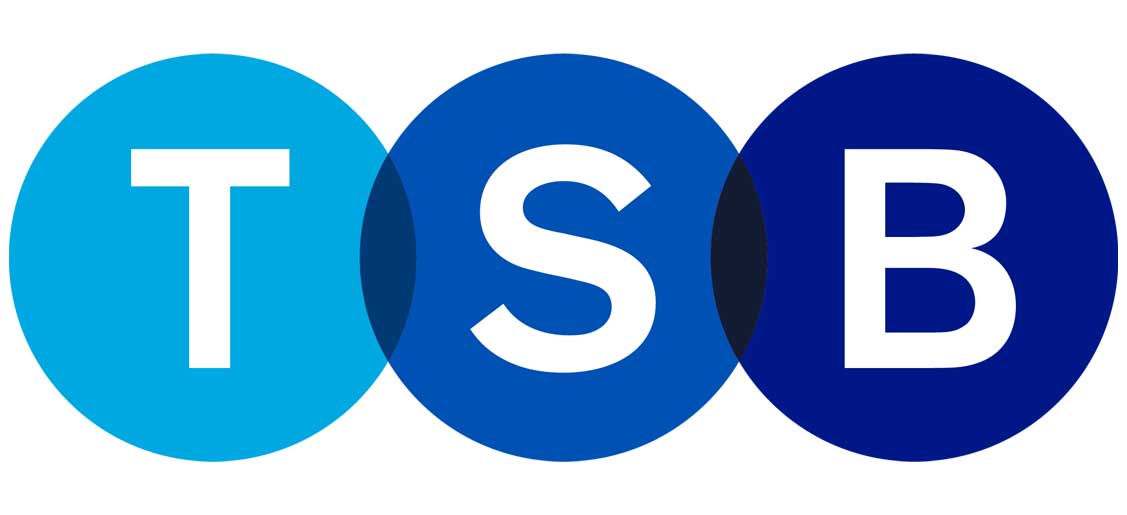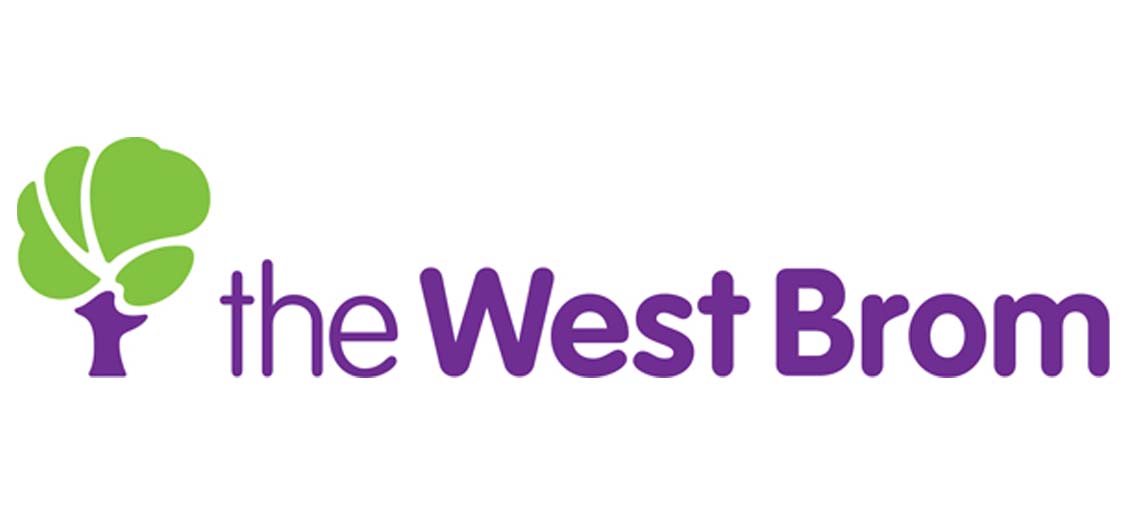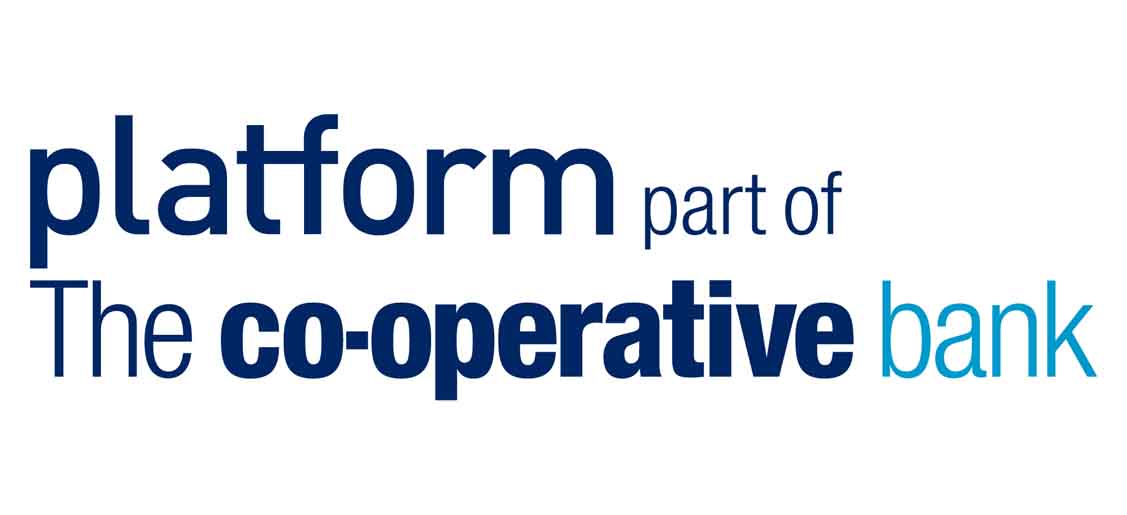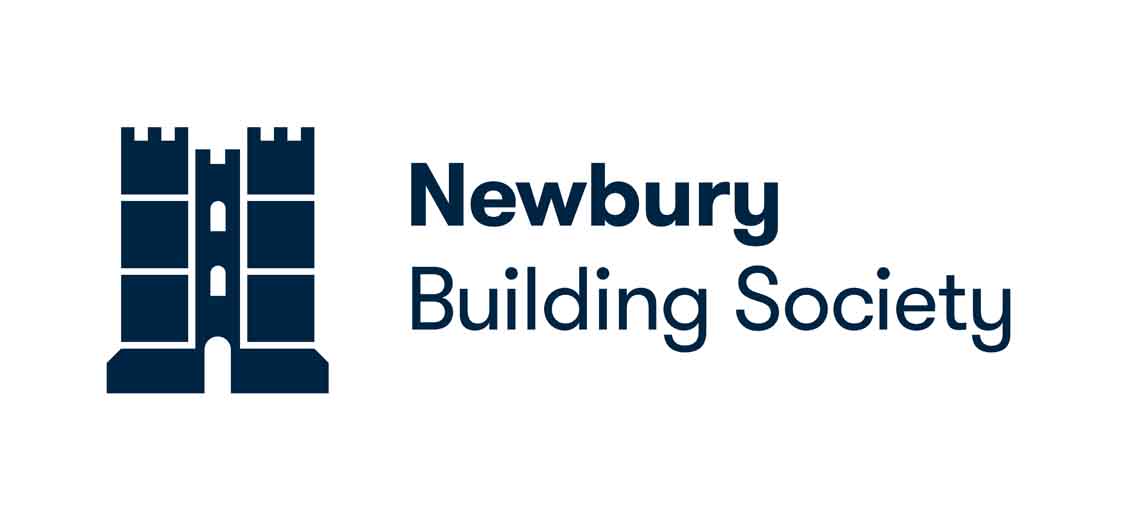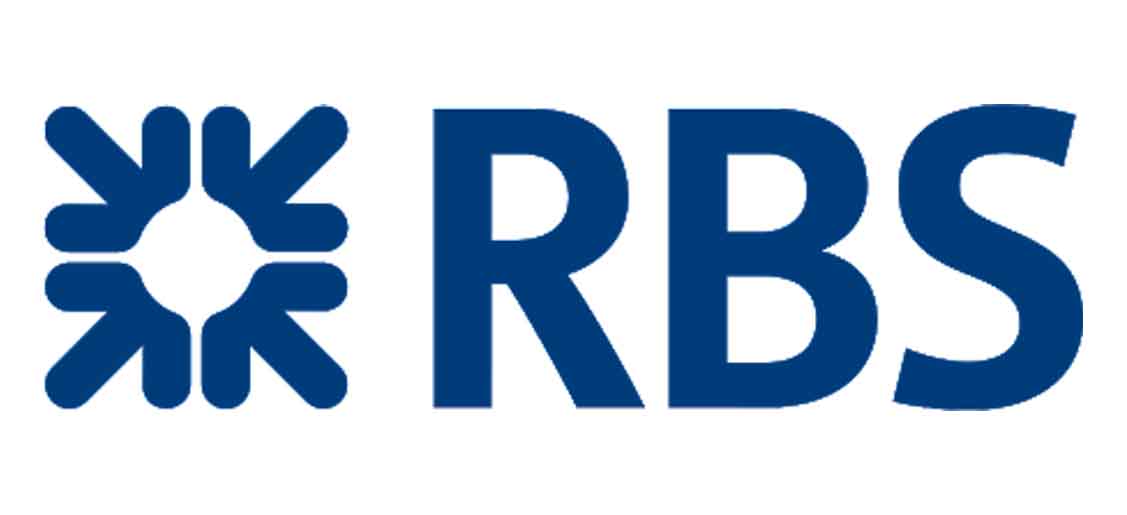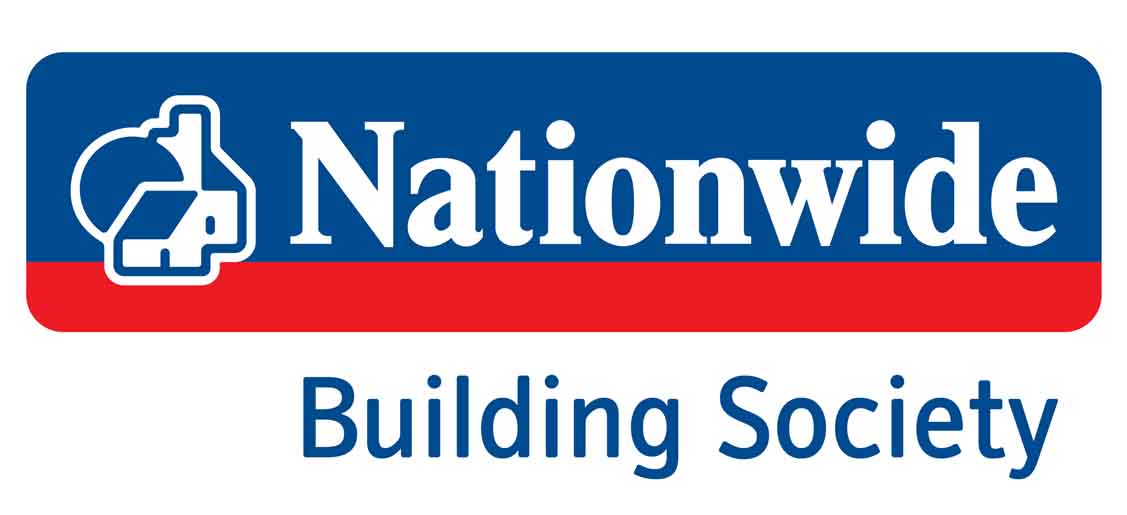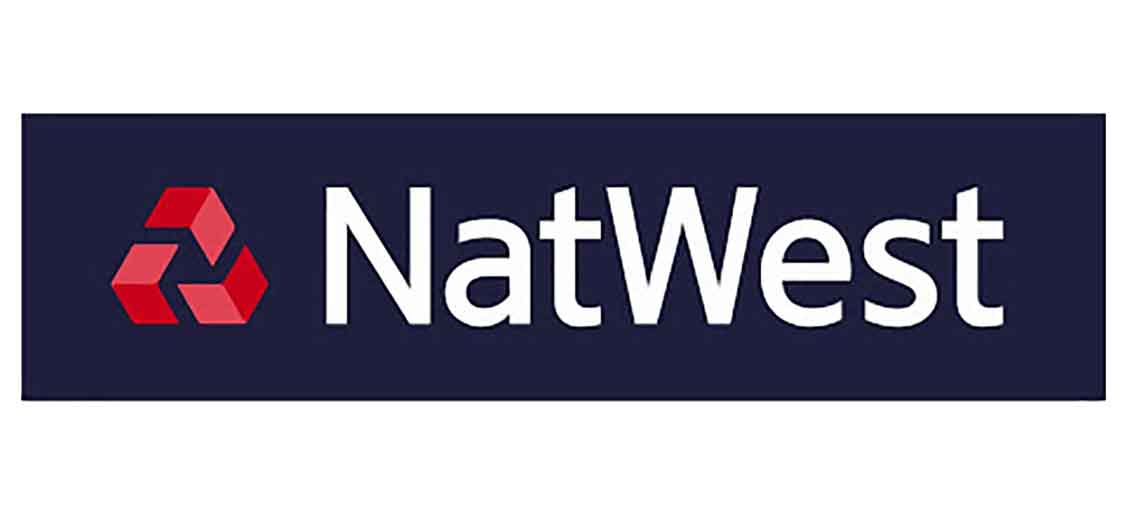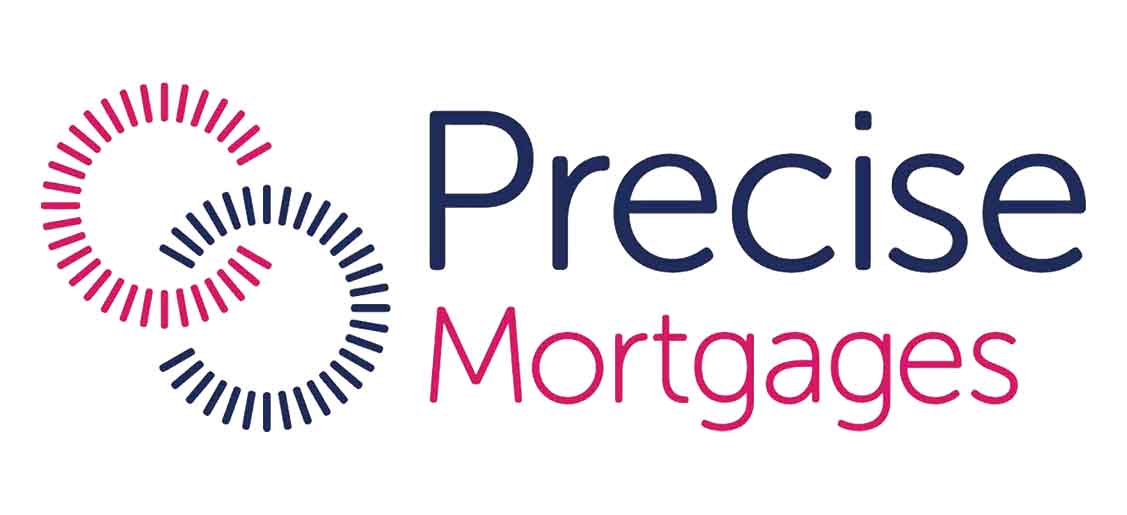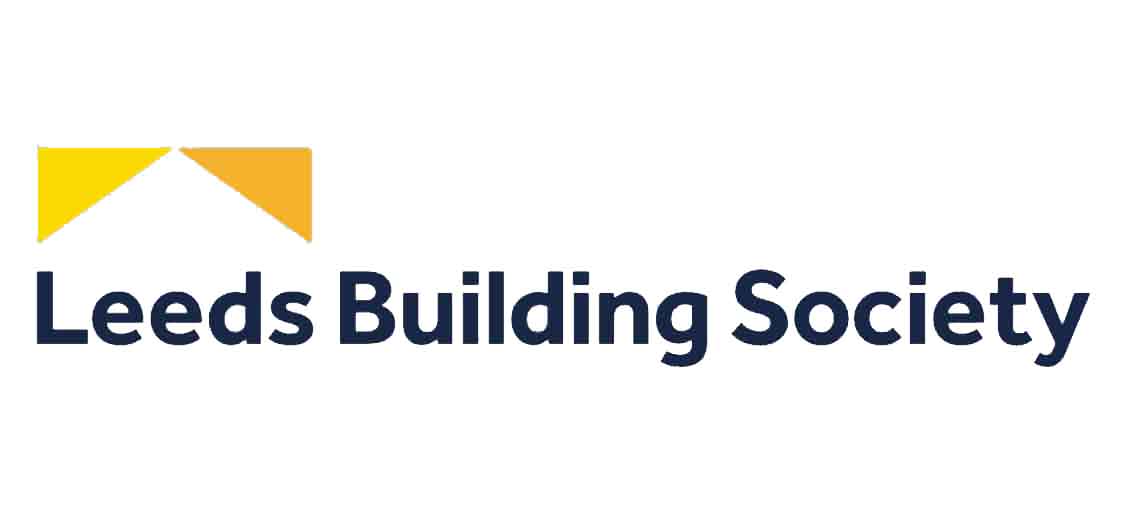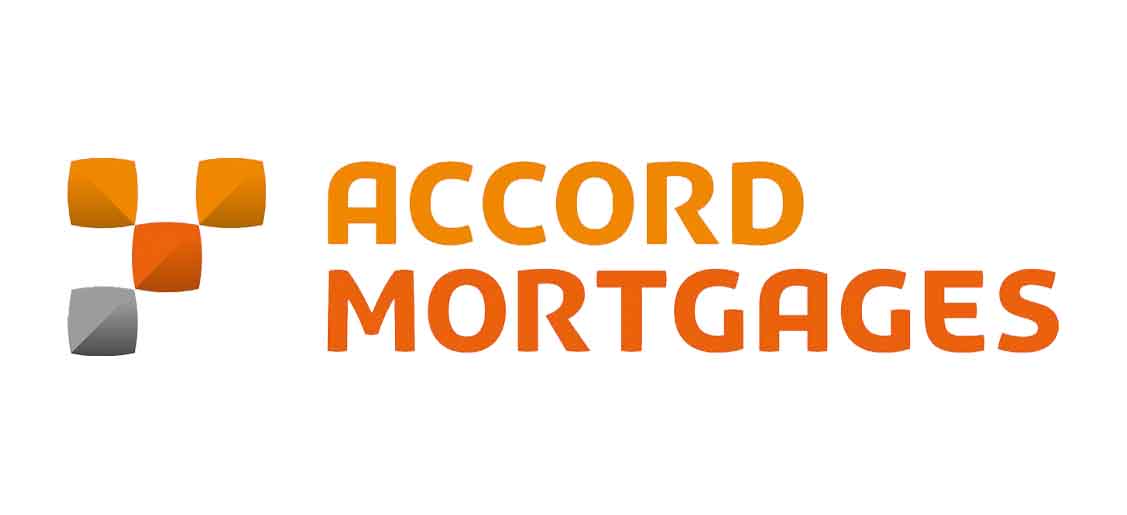Bridging Loans
Bridging Loans: A Short-Term Solution for Property Needs
A bridging loan, often called a bridging mortgage (though technically different from a traditional mortgage), is a short-term loan designed to “bridge the gap” in your finances. It provides a quick injection of cash, typically for a period of 1-12 months, to help you complete a property transaction.
What is a Bridging Loan?
Imagine you’ve found your dream home, but selling your current property takes longer than expected. A bridging loan can step in, allowing you to purchase the new property before selling the old one. The loan is secured against your existing property, meaning you use its equity as collateral. Once your current property sells, you use the proceeds to repay the bridging loan.
Here are some other situations where bridging loans are helpful:
- Buying at auction: Auctions often require a quick turnaround, and a bridging loan can help secure the funds.
- Renovation projects: If you need to buy a property that requires renovation before selling your current one, a bridging loan can finance the initial work.
- Property investment: Investors might use bridging loans to purchase properties with potential but needing repairs before resale.
Who Can Get a Bridging Loan?
Bridging loans aren’t for everyone. Here’s who might be a good candidate:
- Property owners with significant equity: Lenders typically allow you to borrow up to 75% of your existing property’s value.
- Strong financial position: You’ll need to demonstrate a good credit history and the ability to repay the loan within the short timeframe.
- Clear exit strategy: Lenders need to be confident you have a plan to repay the loan, such as the confirmed sale of your existing property.
How to Apply for a Bridging Loan?
Bridging loans are a specialist product not offered by high-street banks. Here’s how to apply:
Research lenders: Several specialist bridging loan lenders exist in the UK. Compare interest rates, fees, and loan terms.
Speak to a bridging broker: A broker can help you find the most suitable deal and navigate the application process.
Prepare your application: Lenders will require detailed information about your financial situation, the property involved, and your exit strategy.
Valuation and legal fees: Expect to pay for property valuations and legal fees associated with the loan.
3 Advantages of Bridging Loans
Secure a property quickly
In a competitive housing market, a bridging loan allows you to act fast and secure your dream home before it disappears.
Flexibility
Bridging loans offer more flexible terms compared to traditional mortgages. You can often structure the loan to meet your specific needs.
Unlock property potential
Bridging loans can help you unlock investment opportunities in properties requiring renovation before selling your current one.
Important Considerations
Bridging loans come with significant drawbacks:
High interest rates: Bridging loans typically have much higher interest rates than traditional mortgages.
Short repayment terms: The short repayment period can put pressure on your finances if you struggle to sell your existing property.
Risk of losing your home: If you can’t repay the loan, you risk losing the property used as collateral.
Alternatives to Bridging Loans
Before opting for a bridging loan, consider these alternatives:
- Extend the completion date on your purchase: Negotiate with the seller of the new property for a later completion date, allowing you more time to sell your current one.
- Sell your existing property first: This might take longer, but it avoids the risks and costs associated with a bridging loan.
- Explore a chained sale: This involves finding a buyer for your current property who is contingent on selling their own. However, this can be complex and prone to delays.
Conclusion
Bridging loans can be a valuable tool in specific property transactions. However, due to the high costs and risks involved, a careful assessment of your financial situation and exit strategy is crucial. Consider exploring alternative options before committing to a bridging loan. It’s also essential to use a reputable bridging broker to secure the most suitable terms and navigate the complex application process.
Making Your Bridging Loan Journey Smooth
- Why use a mortgage broker video: https://www.youtube.com/watch?v=tB-NIdhpjiI
Why Choose Us
Our team of mortgage brokers are specialists in helping you navigate all of the different rates, fee’s and deals to make sure you end up with just the one mortgage that’s right for you. We also help manage the whole process for you so it’s nice and straightforward.
Often, the lenders will make assumptions or, even worse, let the computer make the decision on whether to lend to you; this is where we step in to ensure you get the correct consideration for your application, and we help present your application in the most suitable light; increasing your chances of acceptance on your first application
We’re experts in the field
Our team of brokers are specialists with helping our clients obtain the most suitable mortgage rate and terms whilst also navigating the different requirements.
We can find great deals at speed
Access to over 70+ lenders, so you will get the most suitable rates and terms available with many of these lenders not available on the high street, which are exclusive to brokers.
Excellent relationship
Real relationships with the lenders so we can get your application pre-approved if your situation isn’t straightforward. Plus, your mortgage broker is there to answer all the questions you may have.
Rapid solutions
We’re quick, on our first call, we will quickly establish your options and let you know the next steps so we can arrange everything promptly for you.




